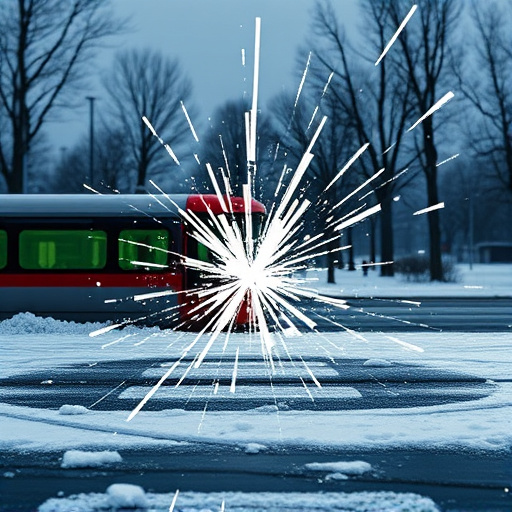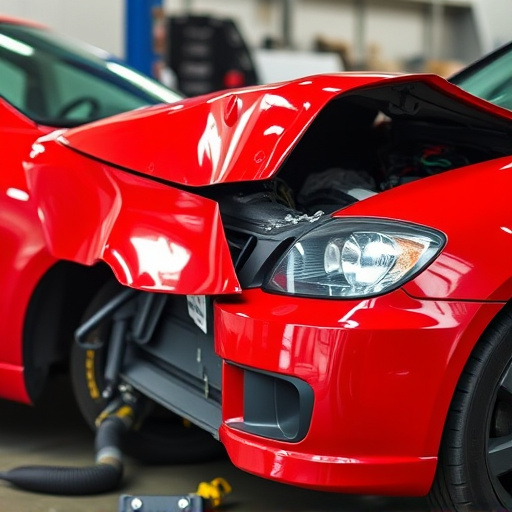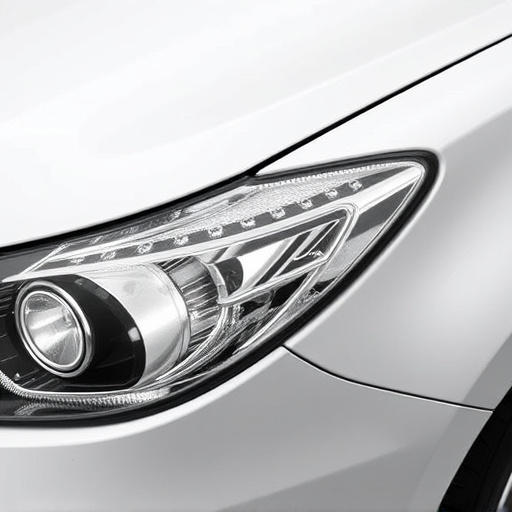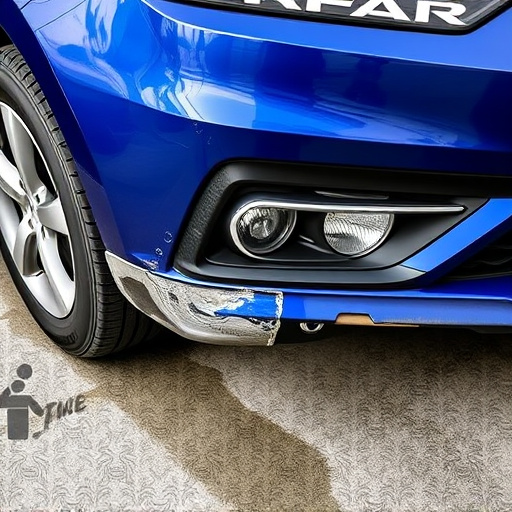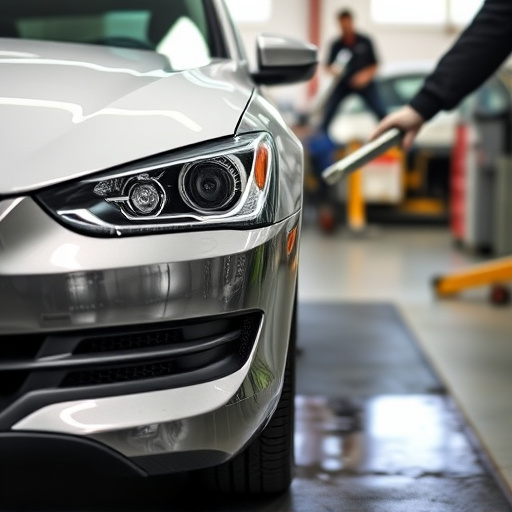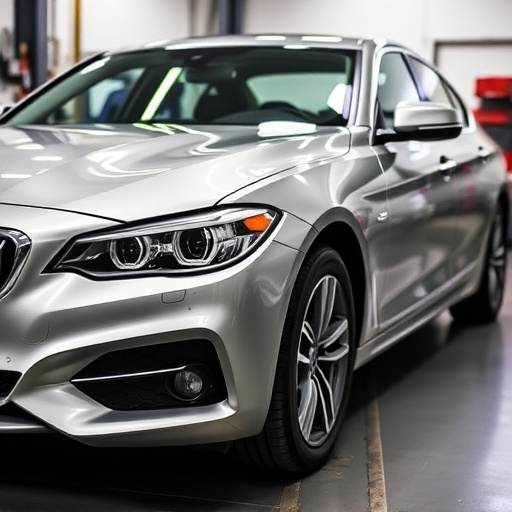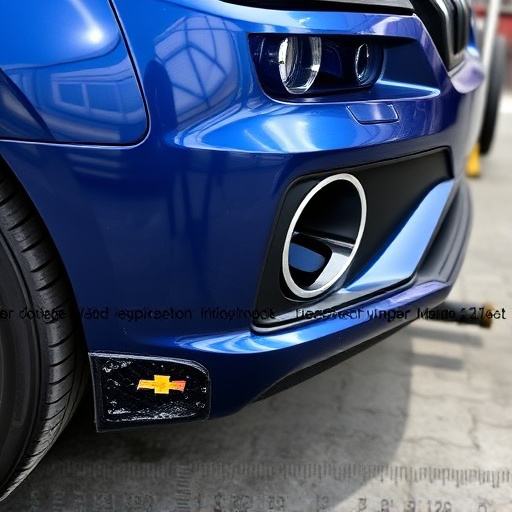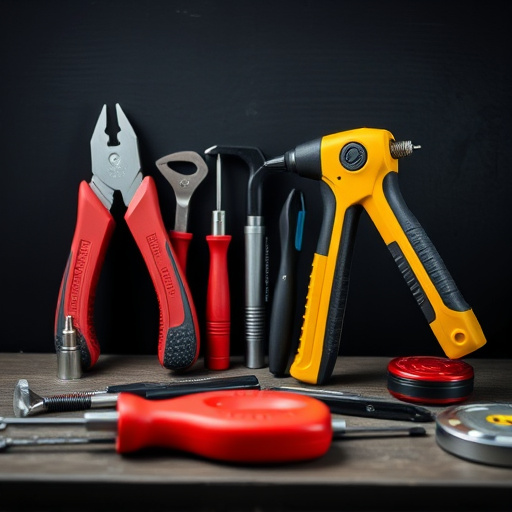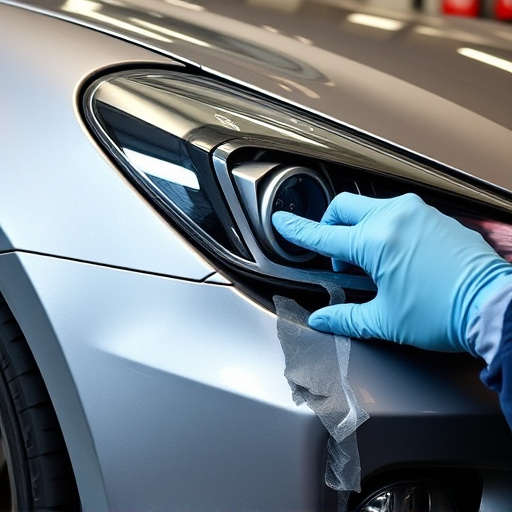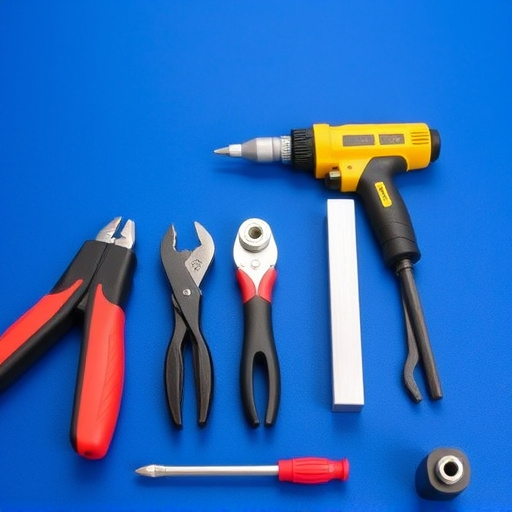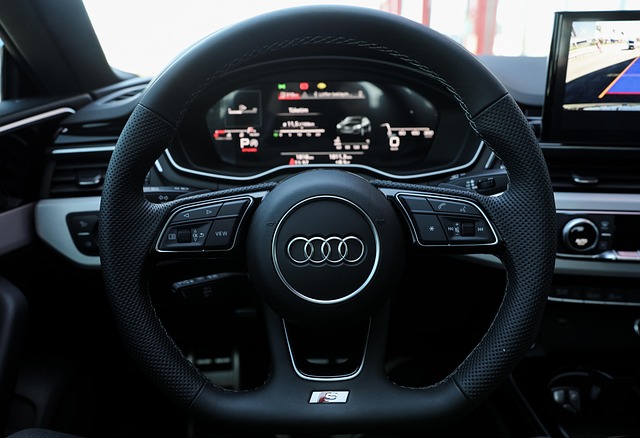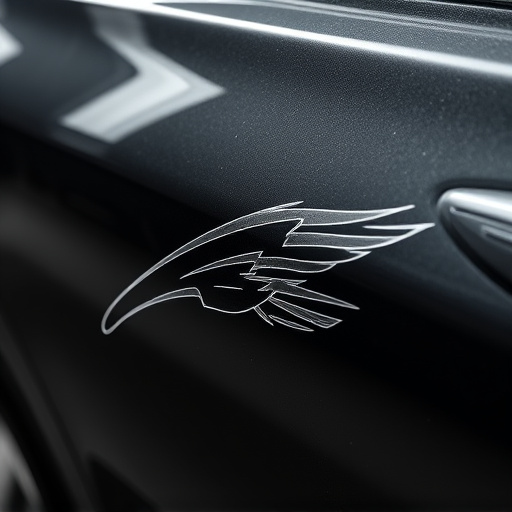Quarter panel replacement is crucial for high-performance vehicles post-accidents, ensuring structural integrity and preventing costly repairs. Professional repair involves meticulous preparation, expert detaching, and reattachment, with adjacent panels sometimes removed. Post-replacement maintenance includes regular inspections, hand washing, and periodic waxing to prevent rust and prolong the repair's lifespan.
When it comes to high-performance vehicle repairs, the quarter panel is a crucial component that requires expert attention. Damage to this structural element can compromise your car’s integrity and handling. This article delves into the intricacies of quarter panel replacement, offering a comprehensive guide for both professionals and enthusiasts. From understanding damage indicators to implementing effective replacement strategies, we provide essential insights for restoring your high-performance vehicle to its optimal state.
- Understanding Quarter Panel Damage and Its Impact
- The Step-by-Step Guide to Effective Replacement
- Ensuring Longevity: Post-Repair Maintenance Tips
Understanding Quarter Panel Damage and Its Impact
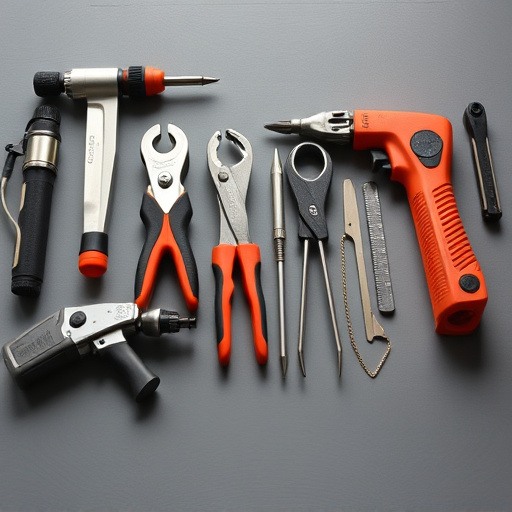
Quarter panel replacement is a crucial aspect of high-performance vehicle repairs due to their vulnerability in accidents. The quarter panel, located alongside the car’s doors, often bears the brunt of impact during collisions, resulting in significant damage that can range from deep dents and creases to complete rupture. This type of car damage repair isn’t just about aesthetics; proper quarter panel replacement ensures structural integrity, maintaining the vehicle’s safety and handling capabilities.
Scratched or damaged quarter panels not only detract from a car’s appearance but can also compromise its overall performance. Many body shop services offer expert solutions for both minor scuffs and severe damage, including advanced scratch repair techniques to restore the panel’s original condition. Timely intervention in quarter panel replacement is vital, as neglecting these repairs can lead to more extensive and costly damage, impacting not just the vehicle’s physical appearance but its overall functionality.
The Step-by-Step Guide to Effective Replacement

Replacing a quarter panel on a high-performance vehicle requires precision and expertise. Here’s a step-by-step guide for effective replacement:
1. Preparation: Begin by thoroughly inspecting the damaged quarter panel, removing any loose debris, and ensuring all surrounding components are secure. This includes checking the alignment of nearby panels and verifying that the panel is free from wrinkles or deformities. Have your tools ready, including a jack, jack stands, and necessary replacement parts.
2. Removal: Next, carefully disassemble the damaged quarter panel. Start by detaching any hardware, such as bolts or rivets, using appropriate tools. Then, gently pull the panel away from the car body. Take note of how it’s attached to avoid any confusion during reassembly. This step may involve removing adjacent panels to gain better access, especially on complex vehicle models. Remember, patience is key; take your time to ensure you don’t damage other parts of the car. For a successful quarter panel replacement, consider seeking assistance from a reputable car body shop that offers collision repair services and specialises in high-performance vehicles. They can provide expert advice and ensure the job is done right, maintaining the vehicle’s original aesthetics and performance.
Ensuring Longevity: Post-Repair Maintenance Tips
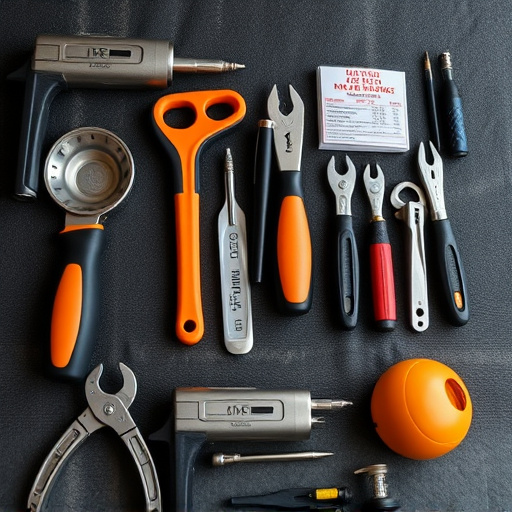
After a successful quarter panel replacement, proper maintenance is key to ensuring the longevity of your high-performance vehicle’s repaired body. The first step is to regularly inspect the repair area for any signs of damage or wear and tear. This includes checking for rust prevention, as metal panels are particularly susceptible to corrosion over time.
At a certified car body shop, professionals recommend washing your vehicle by hand, avoiding harsh chemicals and automatic car washes that could strip away protective coatings. Regular waxing every 6-12 months can also help shield the repaired quarter panel from UV rays and environmental pollutants, contributing to the overall preservation of your car’s exterior and extending the life of the repair.
When it comes to high-performance vehicle repairs, a quarter panel replacement is often necessary to restore both the aesthetic and structural integrity of your car. By understanding the damage, following a meticulous replacement process, and implementing proper post-repair maintenance, you can ensure your vehicle’s longevity and maintain its high-performance capabilities on the road. Remember, a well-executed quarter panel replacement is key to preserving the overall health and value of your ride.
